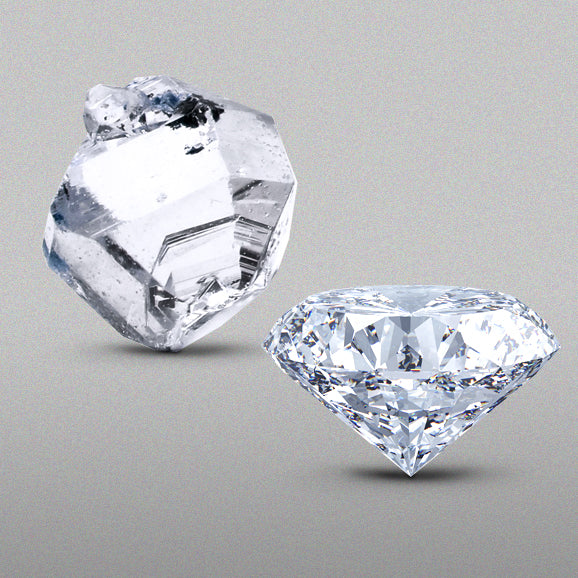A diamond can be worn every day if the setting is designed well to meet the needs of the wearer. Diamonds are commonly used in engagement rings precisely because they are strong enough to withstand normal daily wear.However, there are some precautions: don’t get chemicals on your diamond, grease and oils, even from your fingers will dull the gem. Have your jewellery cleaned professionally, some recommend doing so twice a year. When being cleaned the setting will be checked for damage so preventative maintenance can be carried out. You can clean your own diamond jewellery using a solution of dish washing liquid in warm water, soaking and then brushing with a soft toothbrush. Let the piece dry in the air.
Perhaps the most fortunate person is the one born in April, receiving the most valuable of gems as gifts, but almost nobody will turn down such a gift bringing, as it is reputed, such good fortune and happiness.



